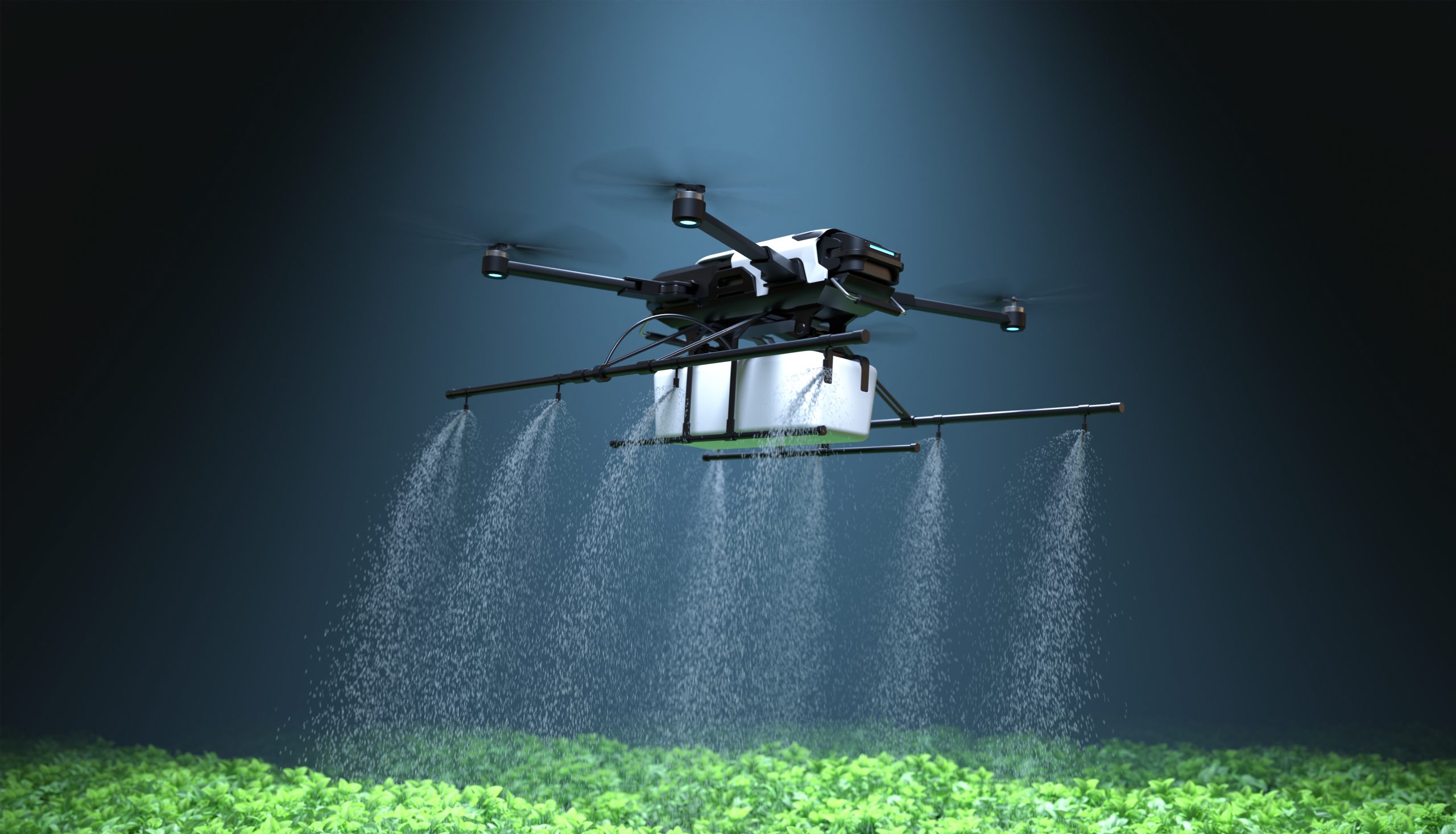
Agricultural, Public Health, water. pollution
Agricultural Runoff Pollutes Well Water, a ‘Public Health Crisis In the Making
The water that is accessible to Jeff Broberg’s house is clean, odorless, and neutral. But broberg refuses to use it for drinking because the problem reveals when the water is examined on a molecular scale.
Many countryside Minnesotans such as broberg use private wells as a water source filled by groundwater systems. Nitrates are used in agriculture operations and leak into groundwater and well water. As a result, the water become unsafe for good owners.
Nitrogen is an essential element for plants, animals, and humans. Nitrogen exists in fertilizers that are used for farms. but when nitrogen is combined with oxygenated water, nitrate is created. Drinking water with high levels of nitrate is a serious threat to human health. It can cause diseases like methemoglobinemia or “blue baby syndrome” in which the blood cells are affected and their ability for carrying oxygen is weakened. Also, nitrates are a risk factor for thyroid disease and cancer.
One of the most important factors in nitrate pollution is agricultural runoff. Rainwater washes the nitrogen in the fertilizers and carries it to the underground water and finally to the water well. the good owners have to pay the They have to find another source of water or chose expensive options for reducing the nitrate level. Sometimes they are underpaid communities so they can’t afford these prices.
Over 1.2 million people in Minnesota use wells as a source of drinking water. Researchers found that only 20% of good owners recurrently examine their water. This situation is leading to a public health crisis.
Therefore, the Minnesota Department of Agriculture launched a plan from 2013 to 2019 in order to test the water of the well free and without any payment. 32000 wells were tested and the result presented a high risk of pollution with nitrate. The Nitrate level of 9 percent of wells was more than the harmless level. After the unsafe wells were recognized the Department of Agriculture tried to offer available ways to solve the issue. These solutions are buying bottled water, using a filter, or replacing a well but none of them are supported financially by the Department of Agriculture. However, the Minnesota Department of Health provides some loans and financial aid for that.
Since the nitrate particles are so little, most of the filtration methods aren’t effective. Reverse osmosis works better but also costs more. Sometimes hiring plumbers to check the installations is needed which increases the cost even more.
There are several challenges in solving this public health issue. One of them is educating people so they are aware of the importance of testing well water. The second challenge is providing funds for covering filtration expenses, especially for low-income communities. Also, underground water should be protected from pollination with nitrate. Some agricultural practices should be replaced that decrease nitrogen runoff.


